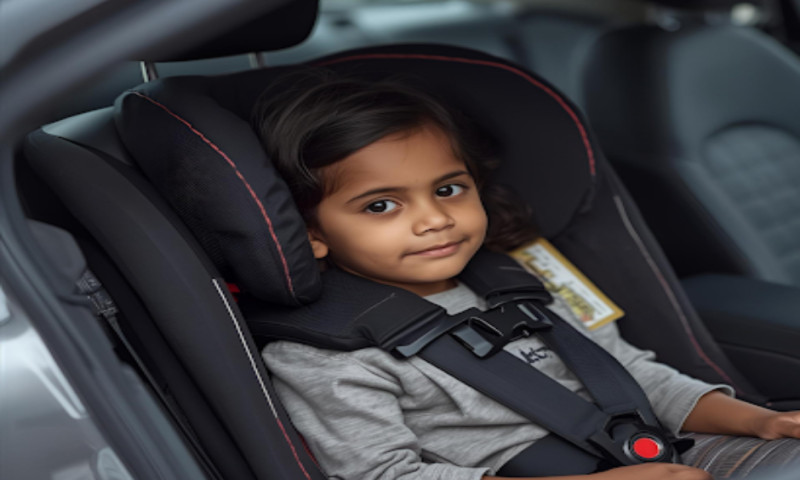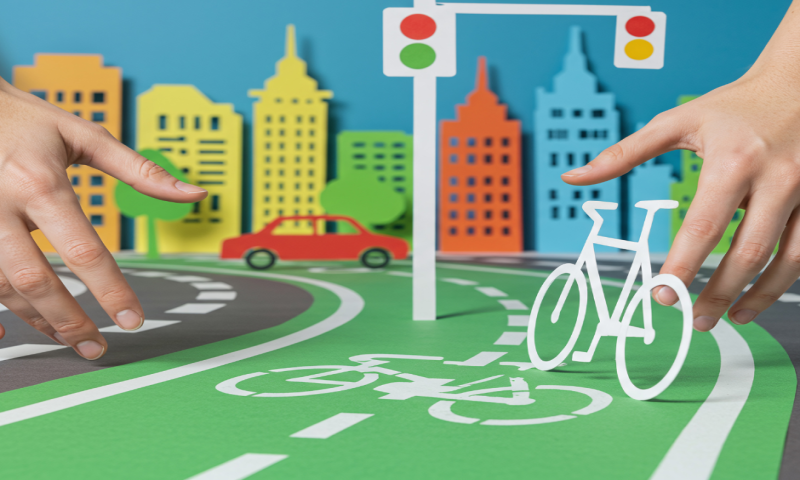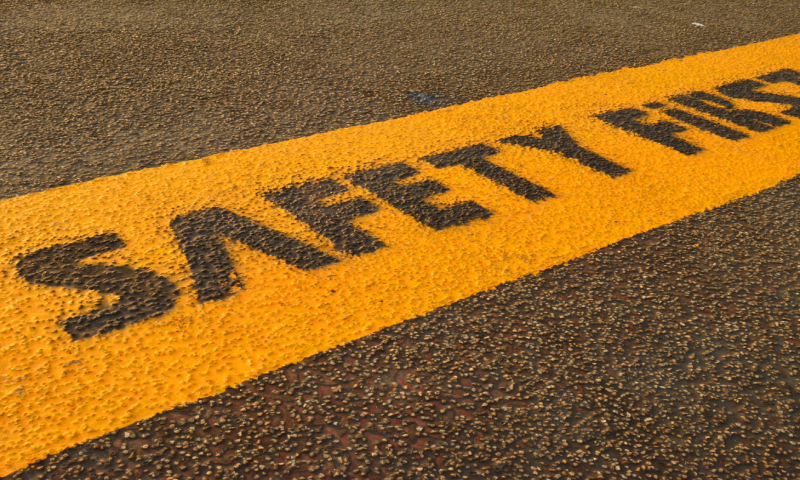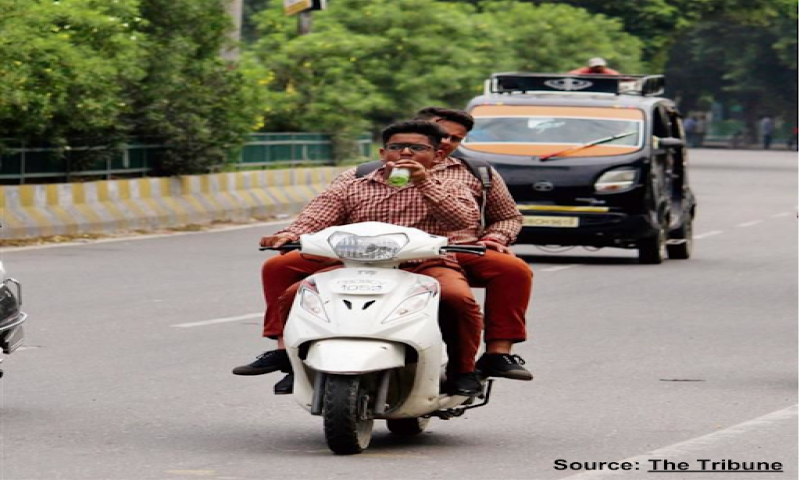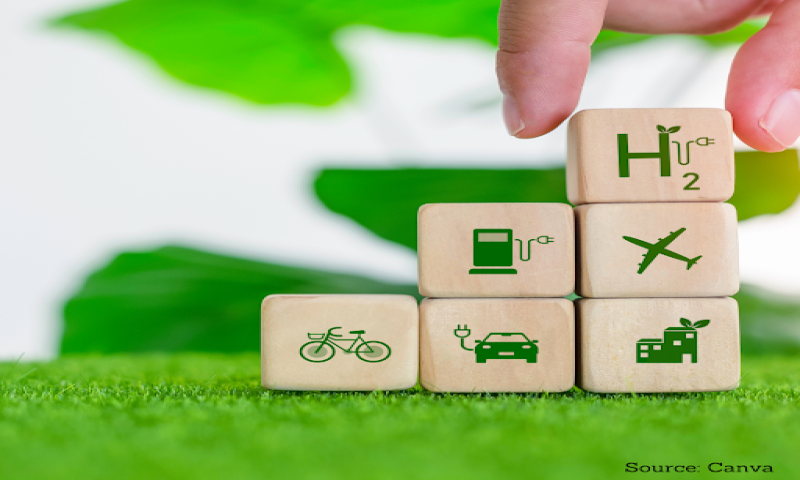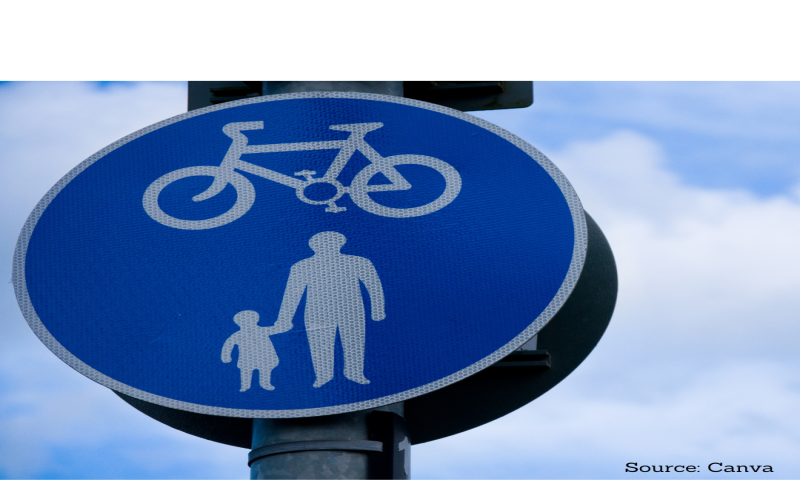Buckle up right: Car safety for children
Every time we step out, we take for granted that we’ll return home safely. But for many families, that simple expectation ends in heartbreak. In 2023, across India, 1,72,890 people lost their lives in road crashes. In Tamil Nadu, the number stood at 18,347. This translates to around 50 people dying a day on our roads.
